How do you know if maximal shoes are better for long-distance running? And are minimal shoes only good for workouts? Let’s find out.
Maximal shoes soften the impact running has on your body. Still, they are made of a lot of structural material, which causes them to break down early.
Minimal shoes essentially do nothing to cushion all that impact that running has on your body. Still, slowly over time, and with the right training, your body can adapt.
I’m going to be upfront right now. I’m mainly a minimal shoe runner. I’ve never consistently run in maximal shoes, so you can take my opinion with a grain of salt. SAYING THAT, I used to work in a running shoe store, and more often than not, a maximal shoe was the right sale to make.
Affiliate Disclosure: By clicking through the links on this page and purchasing the products, you’ll be helping me out. This is done because I receive a kickback from the sellers at no extra cost to you! Thank you so much for supporting us!
What is a Maximal shoe?
Good question. If you’ve not been following the running scene or kept up with the newest gear and equipment for the last 5-10 years, you may not have seen how funky these shoes can go. Some actually look like platform shoes that belong in the 70s. Like the newest Hoka TenNine’s. Imagine running in those crazy things.
Well, they may look funny, but there are good ideas behind the maximal trend. Most injuries in running occur through the forces we exert on our weakest points, the joints. Hoka would be the biggest name in the maximal running shoe market. Still, there are other companies jumping on the maximal train. Altra Paradigm and Altra Olympus are models with a ton of cushioning (with a zero drop).
Did you know that the forces our knees are subject to while running are 4.5-7.6 times our body weight! That’s a considerable amount when you consider walking is only 0.5 times the force of your body weight.
Because of the high forces traveling through our bodies, shoe designers decided we should take out some of that impact with our footwear. By adding extra foam between us and the ground, we can cushion and protect our bodies like we’re running on pillows.
There is some evidence that contradicts this philosophy. In one study, it was shown that individuals inhibited more force with a maximal shoe vs. a traditional shoe during a 5k distance. The research shows that these runners were changing their running biomechanics, making them more susceptible to injuries.
So is a maximal shoe better? Maybe we don’t know for sure, but more studies suggest that maximal shoes are better for runners in general. During my time working in a running shop, I could count the number of people on ONE hand who wore maximal shoes consistently and complained of shoe-related injuries. I.e., Not many.
Although there is no exact definition of a minimal shoe, I believe it has to have little to no cushioning, a drop (the difference between the heel and the forefoot) of less than 4mm, and be relatively lightweight.
Now, the trend of minimal shoes has died off a little since the days of the “Born to Run” book release, but there are still companies out there pushing the agenda.
Classic designs like the New Balance Minimus have been killed off and re-released due to their popularity. Smaller companies have popped up, focusing specifically on minimal shoes, namely Xero Shoes in the US and Vivobarefoot in the UK.
Which minimal running shoe is for you?
Take a quick 5-question quiz to identify the perfect minimal running shoe for your feet! You'll get both road and trail options based on your answers!
The theory behind the minimal trend seems to make sense. We never used to wear huge cushioned shoes, and any footwear we used to wear was mainly flat and thin. Like sandals. So why are we seeing the largely cushioned shoe trend in today’s world?
We should be able to condition our body to withstand the impact that we throw at it, and that includes running.
This philosophy does require some patience and restraint, though. During your first go at wearing minimal shoes, you should NOT expect to run out the door and do your normal distance. The biomechanical forces are going to be completely different unless you’ve been barefoot all your life. You’ll end up injured before you make it five blocks.
A good comparison is weight lifting. You wouldn’t jump straight into a weighted squat and expect to be able to lift a super heavyweight. You’d start light, learn the technique, and work your way up.
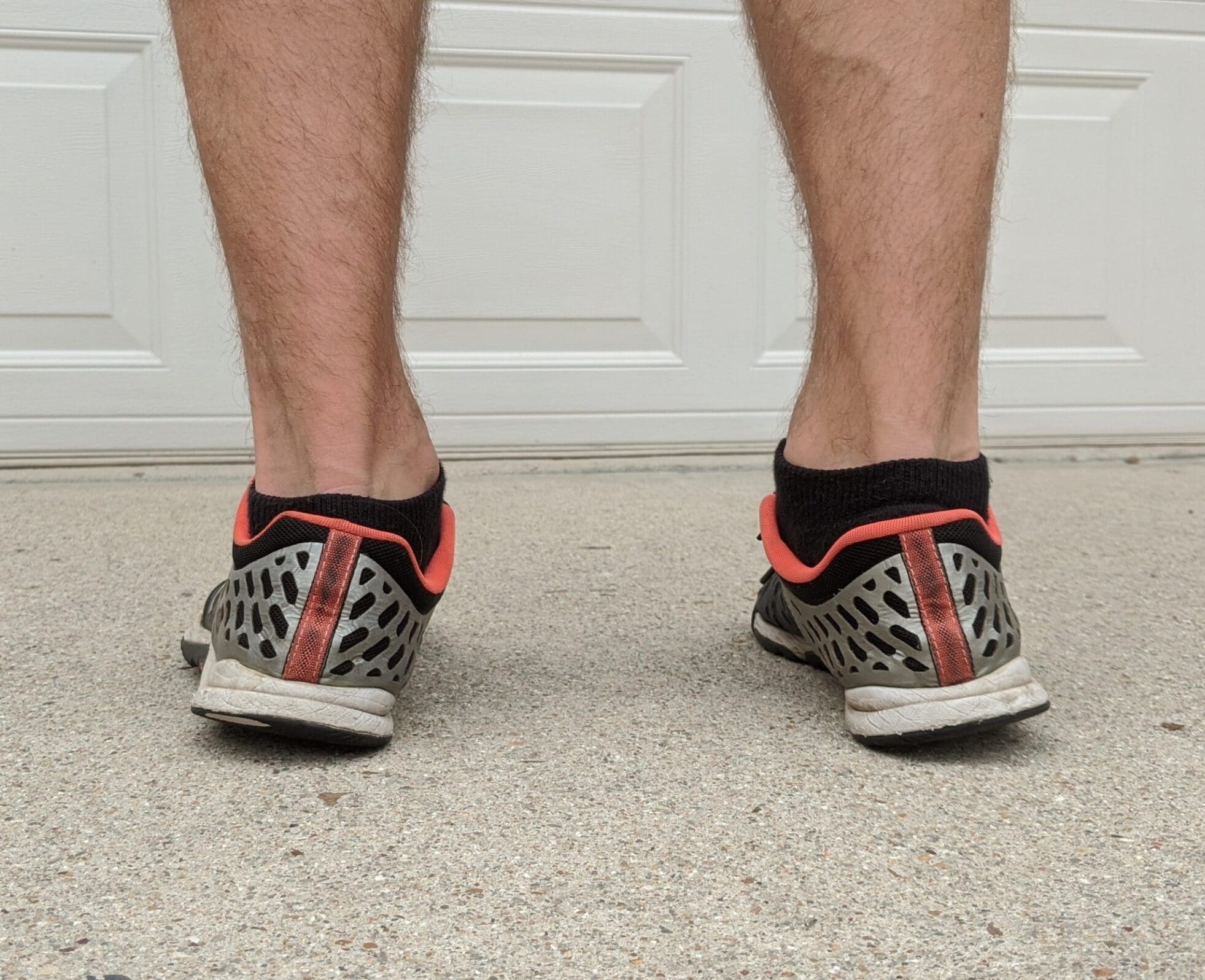
Pronation
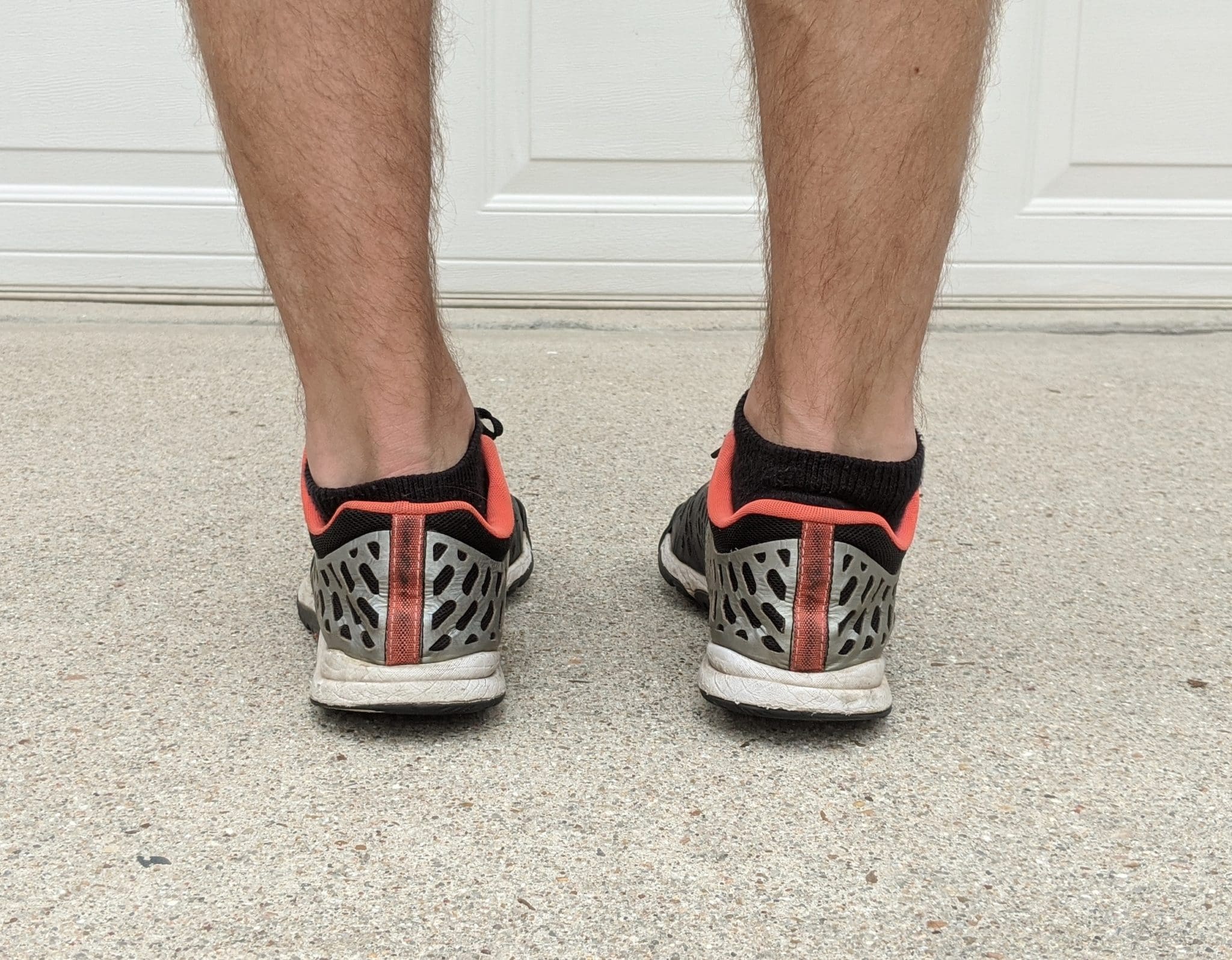
Supination
Does pronation vs. supination matter?
If you’ve heard of these terms, then read on. If not, I’d suggest skipping this section. In the maximal and minimal shoe world, there are not too many considerations to be had with these traditional terms.
A good rule of thumb is if you supinate, you want a nicely cushioned shoe to mitigate excessive outwards rolling. If you pronate, then you need a hard wedge (or maybe nothing at all) on the inside of your foot to stop your ankle from rolling in. Translating this, a supinator may do better with a maximal shoe, and a pronator may do better with a minimal shoe. But this doesn’t always run true.
My view is if your pronation or supination is bad enough, go and see the podiatrist. If you’ve had it all your life and it’s not been much of an issue, your body has most likely adapted, and you’ll be okay with either type of shoe.
Or even better, look at how you can strength your foot and ankle structure to account for such issues, working in barefoot movement to your everyday life.
Conventional shoes tend to take aspects from both maximal and minimal shoes and roll them all into one. There often seems to be a focus on “fixing” your running gait, which could be argued. And while conventional shoes ‘can work’ for some runners, I personally don’t recommend them as an optimal solution to fix any type of running gait.
I’m not a massive fan of conventional shoes from brands such as Asics, New Balance, and Brooks, but I still think they have their place in the shoe realm. If you’ve been running most of your life in these traditional types of shoes and you’ve had little to no issues, then just keep doing it. Running is mostly about enjoying the experience as injury-free as possible.
Theoretically, throwing a big wedge under your heel and announcing that we’ve perfected the running form for everyone is a big overstretch. Human biomechanics are very complicated, and the traditional approach will not work for many people. If you’ve ever had issues in the past with any type of conventional running shoes, look elsewhere: like maximal or minimal.
To answer this question, I have to ask two specific questions.
- Are you willing to reduce your distance and work into minimal shoes slowly?
- Are you looking to increase your distances in the short term?
These questions sound very biased towards minimal, and they are. But usually, the answers to these questions place the individual in maximal shoes. Here’s why.
Most people run for enjoyment and fitness aspects. They don’t care if they’re running in the correct form and the same way as our ancestors did. In this case, just go maximal. I believe it’ll lessen the chances of injury and provide a short-term solution.
Many people looking for new shoes have a goal in mind. Say, a half marathon in 6 months. Working up to or training for a half marathon in 6 months in minimal shoes from nothing is a tall ask.
It takes years of conditioning to correct the minor imbalances that minimal shoes unearth. Trust me, I’ve been doing it for years now. Therefore, aiming for a race in 6 months and drastically changing your shoe type is not a good idea.
If you’re still passionate about minimal shoes after these two points (and in some way, I hope you are), then go for it! Go minimal or go home. Just kidding. It’ll be a long journey but an interesting one that will make you question the whole shoe industry. Why do we even wear shoes? 🙂
Can I use both?
This is an idea I’ve been pondering for a while. I think maximal and minimal shoes both have their place. So why not say they have their spot in your shoe rotation? One reason more flexible minimal shoes came back around is because coaches were asking Nike for a training shoe that mimicked running on grass. Coaches often introduced intervals and sprints in minimal shoes to strengthen the biomechanics of the runner.
So if we’re going to perform some training sessions in minimal shoes, then maybe we should perform our long slow runs in maximal shoes? It sounds like a good idea. When we are going to be the most fatigued near the end of the long run, we can rely upon maximal shoes to lessen the impact and, therefore, lessen the likelihood of injury. I’m not 100% on this theory, but it sounds good to me. I’ll let you decide on that.
If you’re willing to put the training time in, reduce your distance (while you train), and not commit to a race in the near future, I recommend making the slow transition over to minimal shoes.
If not – or if you are looking to increase your distance in the short term, like for a race – jump into maximal shoes; you’ll still enjoy running.
And if you want to mix it up, find a pair of minimal shoes to do some sprint training. Maybe even find a field and do some barefoot running. That doesn’t cost you anything to try!
Let me know what you think. Are there any other considerations you made when buying your last pair of shoes? Am I missing something from the discussion?
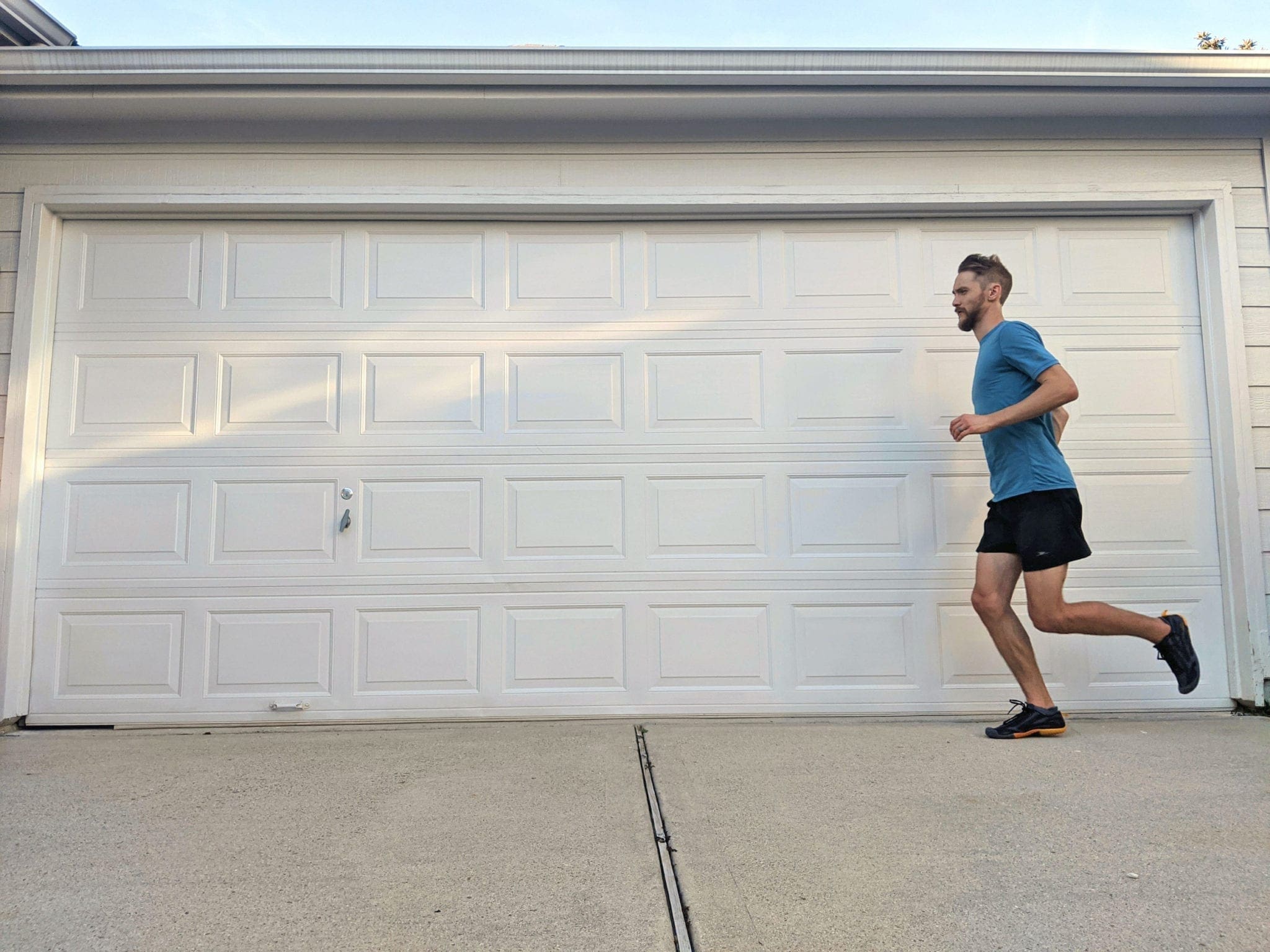

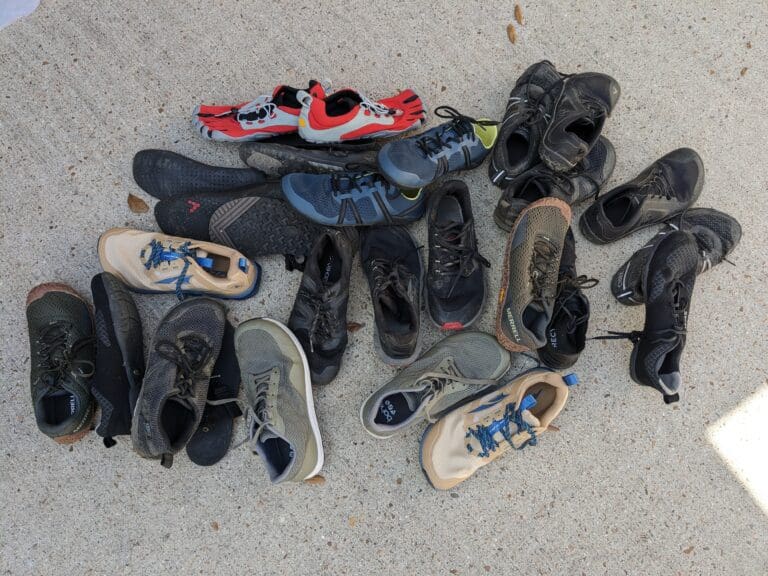
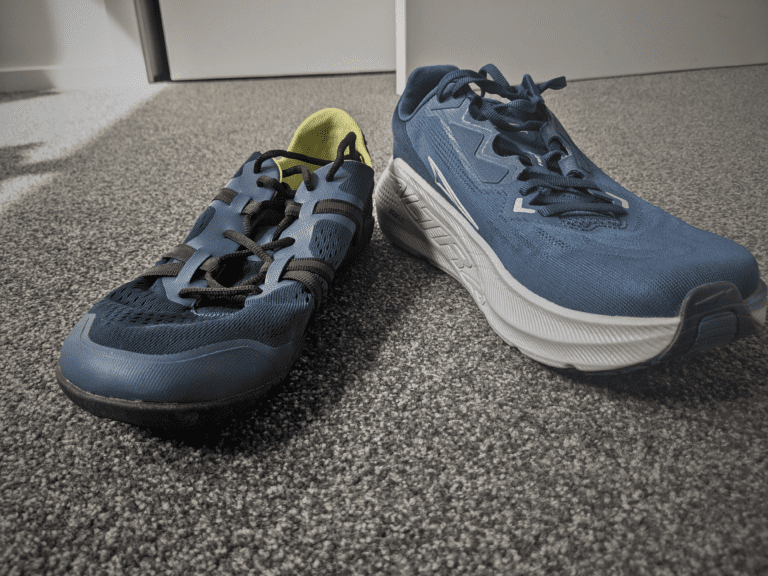
Very good info! I am most definitely a maximal shoe person. I don’t have the best running form and I have had PF and other foot/lower leg injuries. I need the extra cushion.
Thanks so much for this very informative post! When I first started running, I had no clue about the different types of sneakers. I purchased sneakers based on the colors that I liked, lol. After some trial and error, I finally learned that I need a maximal sneaker and my feet have been very happy with me since!
🙂 I’ve gotta say, that was one of the hardest things to convince buyers not to look at the colors and styles.
I completely understand though, I’ve no idea what Asics are thinking with the color schemes they go for!
Previous running store shoe sales gal here too! We sold a TON of Hokas. Some to newer runners who needed a little cushion, but more to local doctors and nurses who were on their feet all day!
That said, I train and run in both. For short runs, I definitely prefer minimal shoes (and even have a few pairs of running specific sandals I run in!) But for 100 miler? Give me Hokas ALL DAY. Either way, I’ve found constantly rotating shoes helps keep my body happy, and encourages me to work on form/gate and not get sloppy with my technique.
Yeah, everyone wanted Hokas not too long back. That started changing a little with the introduction of Altra. I miss my running shoe store. 🙁
Interesting on the longer distances. I’m starting to come around to that idea. I’ve pushed to a half in my minimal shes, but I can see that I was getting lazy towards the end of the run. Have you got used to the transition now? I feel going from something as drastically different as minimal, to Hoka, would mess with your brain a little.
This is so interesting and such a good post!! I used to work in shoe sales too so I sold running shoes and absolutely loved doing it and helping people find their best fit. I’ve never run in a minimal shoe but am so impressed by those that can do it!
Another in shoe sales!? Where are all these stores nowadays?! 🙂
I’d super encourage you to try some minimal shoes, even if it’s everyday foot wear. Or better yeah, just walk around barefoot more. Getting those feet more active is always a good thing.
I’m a pronator and I do tend to run in a support shoe. That being said, I don’t a soft ride and look for shoes that are a little lighter and more flexible, while still offering support. Since I am coming back from a broken leg (at the ankle), I do want to go in for another fitting at some point (I THINK I am ok in the models I have come to know and love, but I want to see if something else might work better). Hopeful that I can still get away with a more responsive shoe, rather than a more maximal model.
When I was working in the shop, I always advised the following……
“Do your shoes work now?” No, try a new shoe. Yes, stick with the same.
“Do you keep getting injured?” No, stick with the same shoe. Yes, try a new shoe.
My mum has been running in the same model from New Balance getting near to about 10 years now. Technically, I think she should work on her strength instead and get into some more “normal” shoes. On the other hand, it’s allowed her to keep going. She did a marathon at 65 last year! No one can say her shoe choice is wrong! 🙂
An interesting point raised by Heather Hart, is to have several pairs of shoes, not necessarily all the same, but I would suggest not too big a difference, some with more cushioning, some with less, and rotate the usage of the shoes each run. You will soon develop a preference for which shoe feels best for each particular training run, and it will give you more confidence in choosing the right shoe to race in.
I have always had three or four pairs available, and simply put on the shoes that I feel right for the training routine, and the underfoot conditions. Not necessarily using any sort of strict rotation method.
Hi Nick,
Great article, as always.
One major problem I see generally in most running shoes (with the exception of minimal shoes and Altras) is the narrow toe box. Even if maximum cushion lets you get away with a sub-par running gait, your toes still will get crippled. Long term – I´m talking about +15, 20 years – deformities will develop. (especially because our normal every day shoes show the same design) Me personally made the switch to minimal shoes back in 2008. Like you said, it takes some time, at first couldn´t handle 20 minutes. You get there after a few months of patience, half a year later I was able to run a (short) Ultra in the French Alps with a minimal shoe (from Inov-8, they got great shoes back then) .What worked for me may not work for other people´s feet, we´re all different 🙂
Keep up the great work!
Best wishes from Austria Wolfgang
Thanks for sharing Wolfgang! I hear you on the narrow toe boxes. Around a year ago I tried some Hoka Speedgoats to do some gait analysis, and it was just painful! I ended up with blisters between my toes after only 5km!
I find that most that make the switch to wide toe boxes never go back to conventional brands. If they want to, I’m all for that, as long as they continue to work on barefoot/minimal training, but I just don’t think anyone would ever choose that option again. 🙂